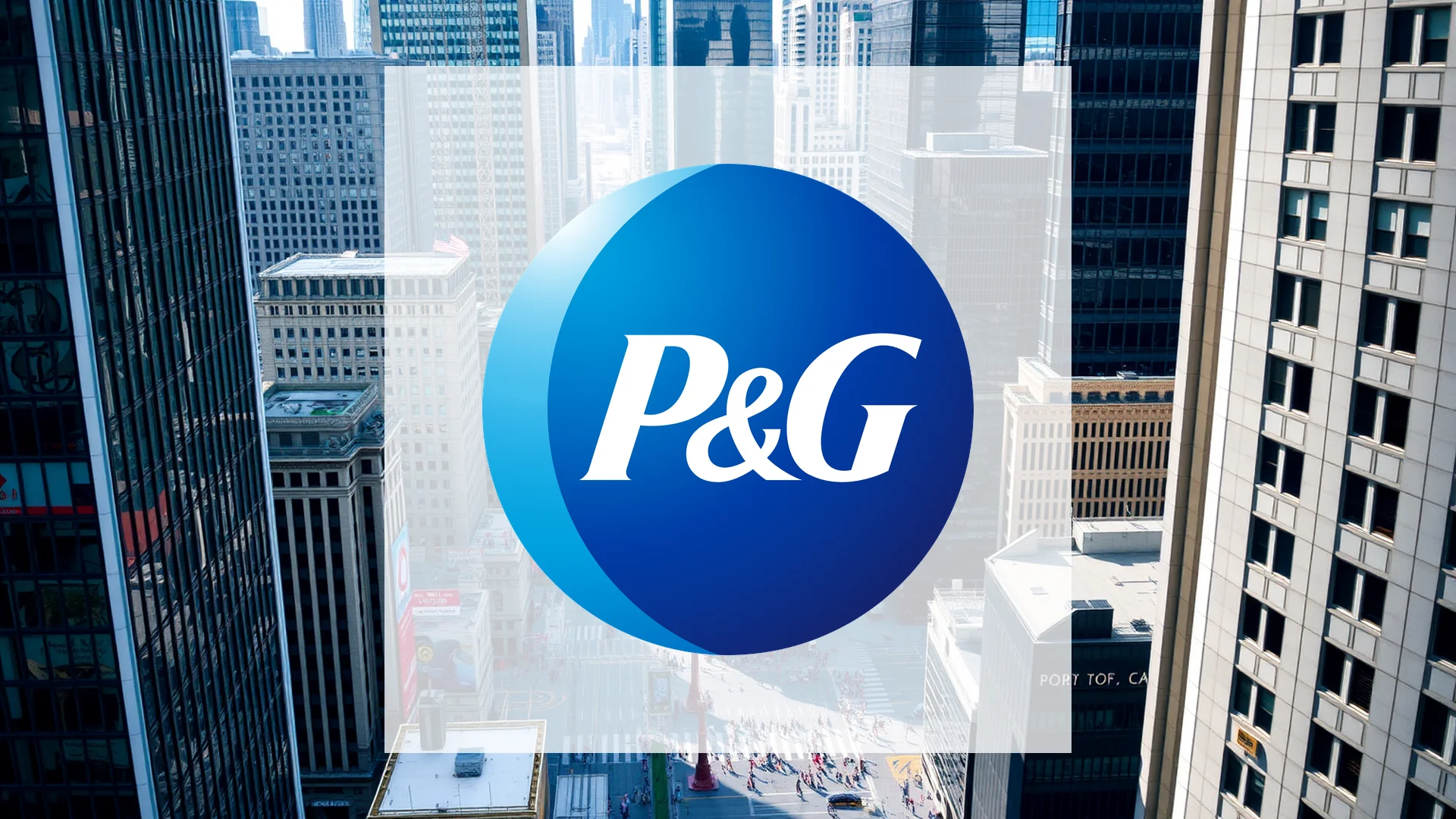Investors seeking stability in volatile markets might be disappointed by the recent performance of the SPDR® Portfolio S&P 500 High Dividend ETF (SPYD). Once favored for generating passive income, this high-dividend fund is now underperforming expectations, raising questions about its current investment viability.
Comparative Strategies Highlight SPYD’s Challenges
The competitive landscape for dividend-focused ETFs reveals distinct strategic differences. While the Vanguard High Dividend Yield ETF (VYM) employs market-cap weighting and the iShares Core Dividend Growth ETF (DGRO) targets companies with strong dividend growth trajectories, SPYD maintains its equal-weight methodology. This philosophical commitment may now be working against the fund during the present market turbulence.
Performance Metrics Paint a Concerning Picture
Recent performance data reveals a troubling trend for the ETF. Over the past month, the fund has declined by 2.06 percent, with a more substantial three-month drop of 3.66 percent. Although SPYD maintains a modest year-to-date gain of 2.44 percent, this positive figure fails to mask the fund’s current weakness as it battles a persistent downward trend.
The fund’s substantial $7.11 billion in assets under management confirms its significant presence within its investment category. However, average daily trading volume of approximately 2.66 million shares suggests growing investor caution.
Should investors sell immediately? Or is it worth buying SPDR® Portfolio S&P 500 High Dividend ETF?
Structural Strengths and Weaknesses
SPYD’s investment approach offers both diversification benefits and potential drawbacks. The fund’s 82 equally weighted positions effectively minimize concentration risk, while top holdings including CVS Health, AbbVie, and Merck represent traditionally defensive stocks. Despite these structural advantages, the ETF has struggled to withstand broader market pressures.
The equal-weight strategy demonstrates particular vulnerability during market downturns. With top ten positions each representing between 1.45 and 1.72 percent of the portfolio, the diversification provided hasn’t offered sufficient protection during this weak market phase. While some high-dividend constituents remain stable, underperformers are dragging down the entire fund’s returns.
Questioning the High-Dividend Approach
The current underperformance challenges the fundamental premise of high-dividend investing during uncertain times. If traditionally defensive sectors and established dividend payers cannot provide stability, where can investors find reliable shelter from market volatility? This underperformance raises broader questions about whether the high-dividend strategy itself remains effective in today’s market environment.
Ad
SPDR® Portfolio S&P 500 High Dividend ETF Stock: Buy or Sell?! New SPDR® Portfolio S&P 500 High Dividend ETF Analysis from November 24 delivers the answer:
The latest SPDR® Portfolio S&P 500 High Dividend ETF figures speak for themselves: Urgent action needed for SPDR® Portfolio S&P 500 High Dividend ETF investors. Is it worth buying or should you sell? Find out what to do now in the current free analysis from November 24.
SPDR® Portfolio S&P 500 High Dividend ETF: Buy or sell? Read more here...












